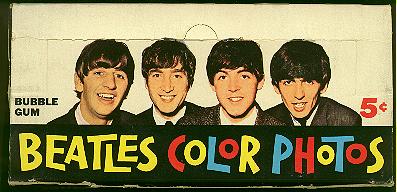HarpSeal
New Member
How does one convert a ladder into a residence?
How does one convert a ladder into a residence?
I believe this has been discussed at several points throughout the thread, but you are correct. The building resembles many office buildings designed by Mis Van Der Rohe, including those in Chicago, Toronto, and Westmount (Montreal). The latter of which has since been converted into residential uses.
I believe this has been discussed at several points throughout the thread, but you are correct. The building resembles many office buildings designed by Mis Van Der Rohe, including those in Chicago, Toronto, and Westmount (Montreal). The latter of which has since been converted into residential uses.
At least one of the Mies towers in Montreal has always been residential.







Based on the couple of railings already installed, it seems that they're being handled quite well.
You may be putting Mies on too high a pedestal, Sir Novelty Fashion. I think he's fair game for architects to tackle/pay homage to. Also, the I-beams on the exterior of Mies' TD Centre and other like-minded buildings of his are not structural. While they 'express' the buildings' structure, they are, in fact, ornamental.
I'm not sure what you mean when you say that the i-beams are ornamental, not structural. They might not be holding the building up alone, but it doesn't mean they're butter icing. Steel-frame buildings have, well, a steel frame.
x2
The railings looks excellent. I normally hate balconies on buildings (Juliet only please), but these are being treated quite nicely.



